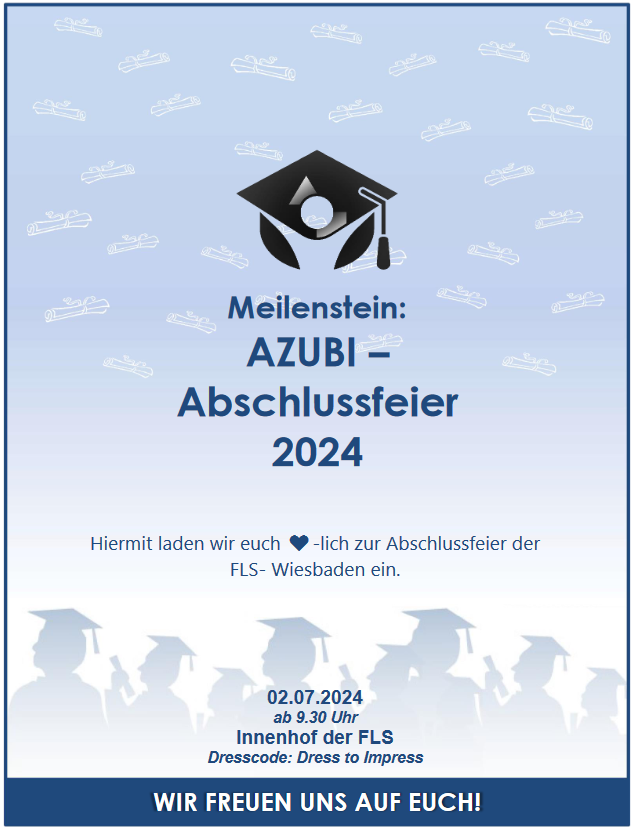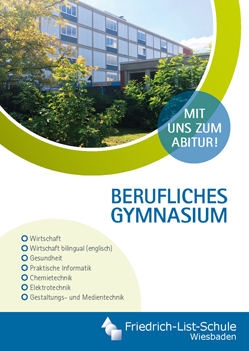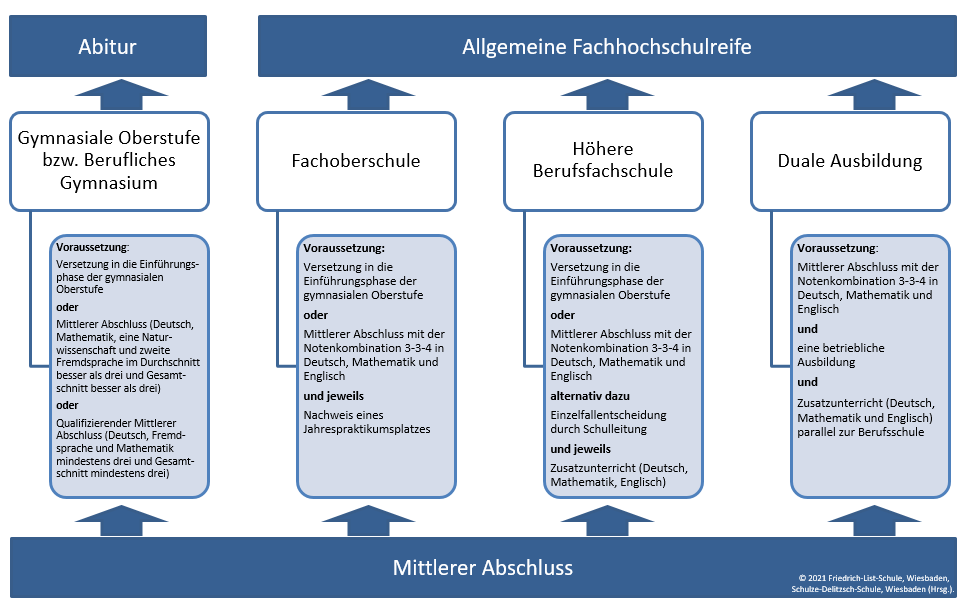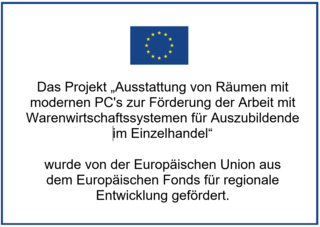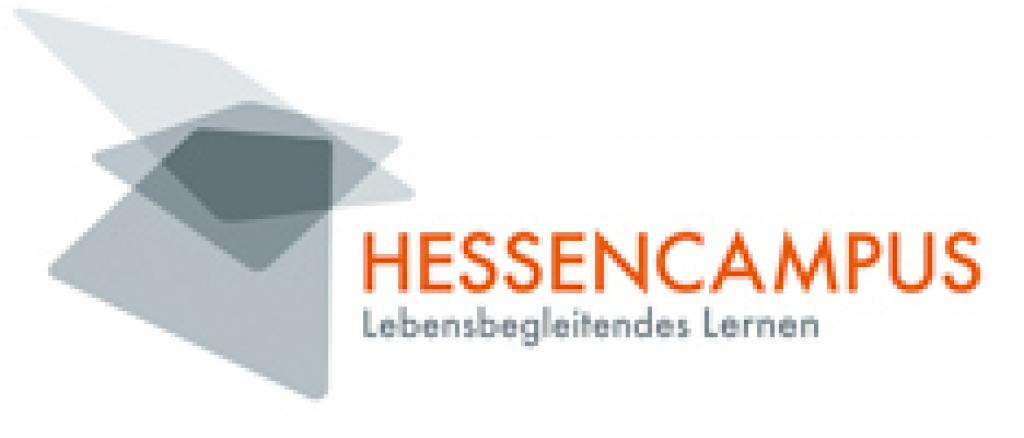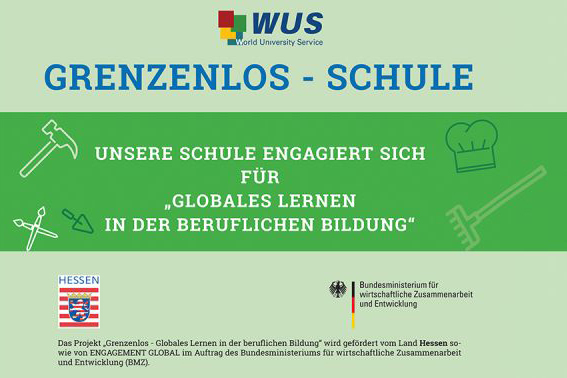
Bilingual economics classes visit Frankfurt Stock Exchange and Money Museum
On 4th July 2014, we, the bilingual economics classes 11/1 and 12, met up with our teacher Mrs Conrads to visit the Frankfurt Stock Exchange and the Money Museum of the German Federal Bank.
Before entering the stock exchange building, we had a quick look at the two bronze statues at the square in front of the building, which are known as the bull and bear and symbolize the ups and downs of the stock market.
To enter the stock exchange, our ID cards were checked and we had to pass a security control similar to the one at an airport. Unfortunately, our guide who was supposed to give us an introductionary presentation in English was not available due to ill health, so that we had to visit the gallery of the stock exchange on our own.
(Click here to view the big photo)
Many of us were surprised that there was no turbulent floor-trading going on and that no wildly gesticulating traders who communicate and make deals via hand signals and shouting could be seen. Instead, there were bankers sitting in front of their computers and a TV news reporter who was commenting on the latest stock market news. This is because today more than 90 percent of exchange turnover is handled via the electronic trading platform Xetra. However, it was still worth taking a look at traditional floor trading not only because the DAX had reached a new all-time high of more than 10,000 points at the time of our visit.
Our next stop was the Money Museum of the German Federal Bank. After a short guided tour through the museum and the history of money, we had some time to explore the museum on our own. It was especially interesting to have a look at the various means of payment that different cultures throughout the world have used (e.g. seashells or cocoa beans), to see how banknotes are produced, and to learn how to track down counterfeit money. Furthermore, you could take a seat at the conference table of the Governing Council of the European Central Bank and learn more about the work of the central bank.
As a result, we can say that visiting the Frankfurt Stock Exchange and the Money Museum of the German Federal Bank can definitely be recommended because we have learned a lot and enjoyed our time very much.
Martina Conrads
Stand: 09/2014

